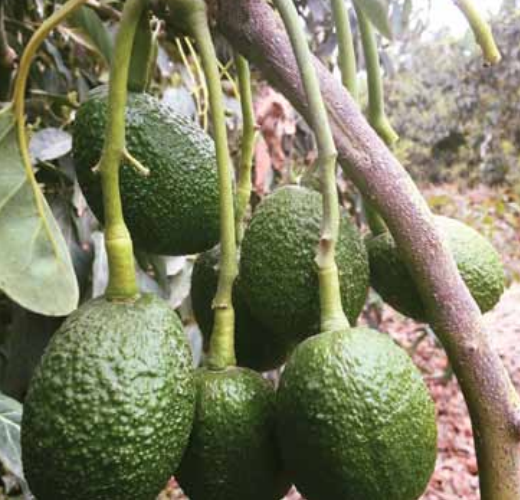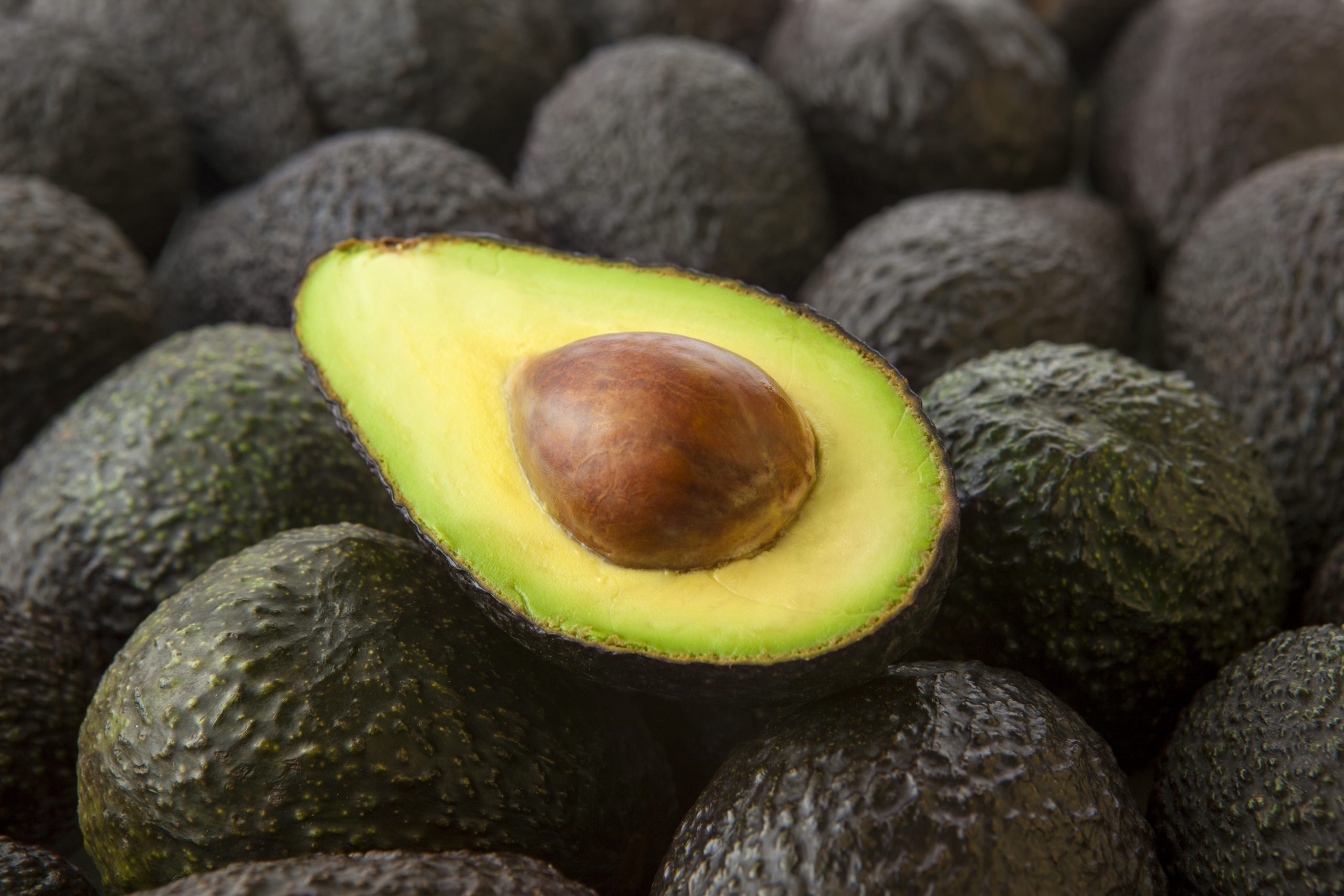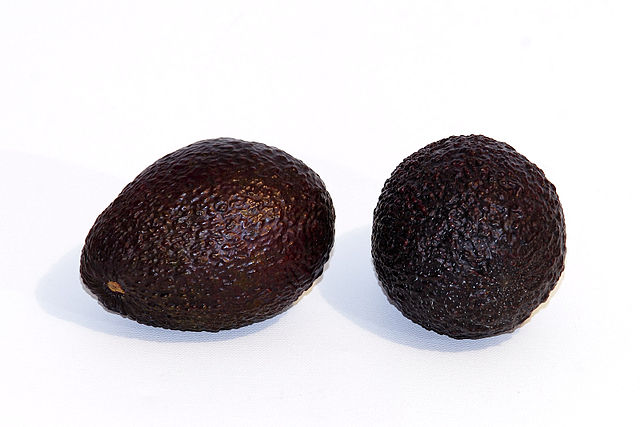
The EU continues to rely mostly on overseas sources to feed its growing demand for avocados.
Avocado consumption in the EU is still categorised by imports from countries outside the community to satisfy internal demand, despite the fact that the European producing market is also increasing year after year.
Last year, the EU traded 530,000 tons of avocados, 305,200 t imported and another 225,000 t from the domestic market. In total, this represented a volume of €886,000 last year. Comparing figures for the last three years, we can see that the banana trade has shown an upward trend. In 2012 the total figure was 390,000 tons, of which 173,300 were domestic and 216,800 from abroad. This is an increase of 19% compared to 2013, a year in which demand also grew by double digits + 14%.
If we compare the value in euros of this trade, it obviously also reflects a cash flow boost. In 2012, the total avocado trade in the EU represented 633 billion (302 billion from the domestic market and 331 from abroad). In 2013, 785 billion (365 billion in domestic trade and 420,000 from abroad) and finally, in 2014, 886 billion in total (430 billion from the EU market 456,500 from abroad).

Holland the top supplier
Among countries with avocado imports, Holland leads, with 120,300 tons in 2012, 143,600 in 2013 and 168,700 tons in 2014, reflecting an increase in annual demand of roughly 20,000-25,000 t. Europe’s second largest buyer and consumer of avocado is France, with 94,500 tons of imports in 2012, 100,000 in 2013 and 119,000 in 2014. Next is the UK with 38,000 traded in 2012 ,41,000 t in 2013 and 51,500 in 2014. As for avocado sources, Holland and France rely on foreign markets for their annual consumption of this fruit, the Netherlands with 85% and the UK with 70%. In turn, France shares out the trade 50-50 between domestic and foreign sources. Other avocado consumers in Europe are Spain and Germany.
In 2012 34,000 tons were traded in the Spanish market , in 2013, 41,000 t and in 2014, 52,700 t, mainly sourced from markets outside the EU. The figures for Germany show that in 2012 they traded almost 29,000 t, 31,400 in 2013 and 37,400 in 2014. The Czech Republic is another country mainly supplied by other community countries, with around 19,000 tons, importing hardly anything from abroad. As for Sweden, in 2014 , of the entire 19,300 traded, only 1,068 came from direct imports. Denmark, Estonia, Ireland, Italy, Latvia and Lithuania are other countries which, with lower trading volumes, rely more on domestic avocado than externally sourced fruit.
MV
This article first appeared on page 115 of edition 139 (Sept/Oct 2015) of Eurofresh Distribution magazine. Read more of that issue online by clicking on its icon here:



